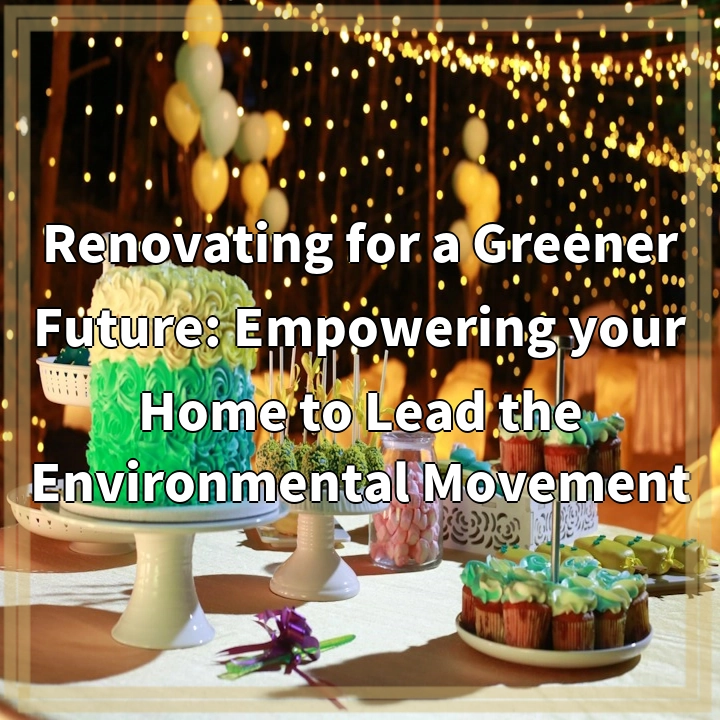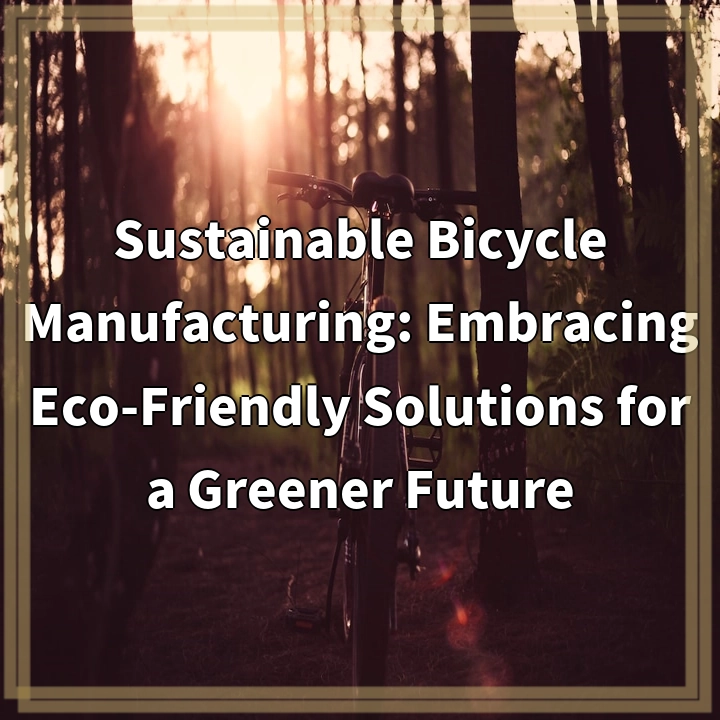
Renovating for a Greener Future: Empowering your Home to Lead the Environmental Movement
What it is:
Renovating for a greener future is a concept that encourages individuals to make environmentally-conscious choices when renovating their homes. It involves adopting sustainable practices, using eco-friendly materials, and implementing energy-efficient technologies to reduce the carbon footprint of the building.
By prioritizing sustainable renovations, homeowners can contribute to the larger environmental movement and take active steps towards addressing climate change and other pressing environmental issues. From small changes like upgrading insulation and switching to energy-efficient appliances, to larger initiatives like installing solar panels or rainwater harvesting systems, there are numerous possibilities for making our homes more environmentally friendly.
Real-World Problems:
1. High Energy Consumption:
One of the primary problems associated with non-green homes is the high energy consumption. Traditional houses often rely on fossil fuel-based energy sources, emitting greenhouse gases that contribute to climate change. This increased energy consumption not only adds to the environmental burden but also results in higher utility bills for homeowners.
2. Waste Generation:
During renovations, a significant amount of waste is generated, contributing to landfills and harming the environment. This waste includes construction debris, outdated appliances, and discarded materials. Proper waste management practices need to be implemented to ensure that these materials are recycled, repurposed, or disposed of responsibly.
3. Indoor Air Quality:
Non-green homes often have poor indoor air quality due to the use of toxic materials and inadequate ventilation. This can lead to various health issues, including respiratory problems, allergies, and asthma. Green home renovations focus on using non-toxic, low VOC (volatile organic compounds) materials and improving ventilation systems to create healthier living environments.
4. Water Scarcity:
Water scarcity is a growing concern in many parts of the world. Traditional homes often consume excessive amounts of water due to outdated plumbing systems and inefficient appliances. Green home renovations aim to address this issue by incorporating water-saving fixtures, such as low-flow faucets and toilets, as well as implementing rainwater harvesting systems and graywater recycling methods.
5. Habitat Destruction:
When constructing or renovating homes, there is often a negative impact on natural habitats and ecosystems. Deforestation, land degradation, and loss of biodiversity are some of the consequences of traditional construction practices. Green home renovations encourage the use of sustainable building materials, such as reclaimed wood and recycled materials, to minimize the ecological footprint and preserve natural habitats.

Solutions for Renovating for a Greener Future
1. Embrace Energy Efficiency:
Implement energy-efficient practices and technologies in your home renovation project. This includes upgrading insulation, installing energy-efficient windows, using LED lighting, and opting for energy-efficient appliances. These changes can significantly reduce energy consumption and lower utility bills.
2. Prioritize Waste Management:
Ensure proper waste management during your renovation by responsibly disposing of construction debris and recycling materials whenever possible. Consider donating usable items to local organizations or repurposing materials for other projects. By minimizing waste, you can contribute to a more sustainable construction industry.
3. Enhance Indoor Air Quality:
Choose non-toxic, low VOC materials for interior renovations. Improve ventilation systems to promote better indoor air quality and reduce the risk of respiratory issues. Consider introducing indoor plants, which act as natural air purifiers, to further enhance the air quality in your home.
4. Adopt Water-Saving Measures:
Incorporate water-saving fixtures such as low-flow faucets, showerheads, and toilets to minimize water consumption. Install rainwater harvesting systems to collect and utilize rainwater for tasks like irrigation. Explore graywater recycling systems to reuse water from sources like sinks and showers for non-potable purposes.
5. Use Sustainable Building Materials:
Choose sustainable building materials for your renovation, such as reclaimed wood, recycled materials, and environmentally friendly insulation options. These materials help reduce the demand for new resources, minimize habitat destruction, and lower the carbon footprint of your home.
By incorporating these solutions into your home renovation project, you can empower your home to lead the environmental movement. Embracing greener practices not only benefits the environment but also improves your quality of life by creating a healthier, more sustainable living space.















